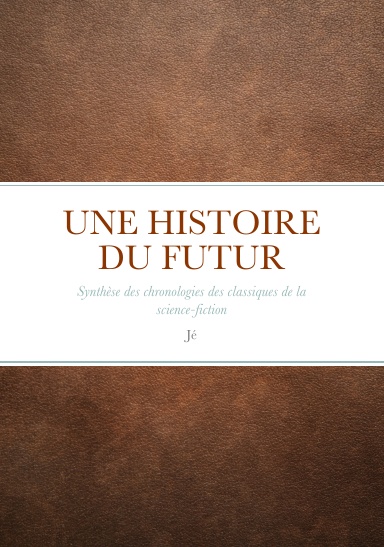Monkey is a common term, used indiscriminately for two otherwise
unrelated groups of mid-sized Old Earth primates that were neither
humans or other apes nor early primates such as the "prosimians"
(lemurs, galagos, etc.). One group was native to Africa and Asia;
they had bare "sitting" pads on their buttocks, sometimes brightly
coloured, and included both terrestrial and fully arboreal forms; their
best-known varieties included baboons, macaques, and langurs. The second
group was from South America
and Central America, and was exclusively arboreal; notable species were
the howler, spider, and capuchin monkeys. Though numerous and
successful prior to the advent of humanity, most species were extinct in
the wild by the end of the Information Age
due to predation and habitat destruction by humans. Many were entirely
extinct, and existed only as records in gene banks, though some were
preserved as captive populations. They exist now primarily on Old Earth,
where many or all the original species appear to have been lazurogened
and restored to their original habitats, and in reserves established by
the Institute For Primate Provolution, in artificial habitats at Solsys and on its planetary preserves at Ao Lai.
Monkeys were not popular provolution subjects in the Interplanetary Age,
mostly because the impulse to create primate provolves waned after the
advent of the first ape clades, and partly because early monkey
provolves did not do well in human society. Many of them were too shy or
too aggressive by human standards, and though the genetic engineering
of the times could increase overall intelligence it was less successful
in its influence on particular personality traits. Later attempts to
compensate often produced individuals or clades little different from baseline
humans in appearance and behaviour. However, there were two minor
clades, one based on the capuchin monkey and the other based on the
common rhesus macaque. The sapient capuchins in particular proved to be a
hardy if somewhat reclusive spacer clade. The discovery, by the group
that was later to be known as the Institute For Primate Provolution, of a
cache of monkey and other primate genetic information, led eventually
to a proliferation of monkey provolves, but monkey derived provolve
clades have never been as numerous as other mammalian provolves.
Sub-sophont monkey-derived species are part of the maintenance crews of many habs in the Zoeific Biopolity,
and are moderately popular in that role in other places as well,
particularly if they are also physically attractive. Some of the more
spectacular extinct species, such as the giant baboons (Dinopithecus
species) have been popular subjects of lazurogenic attempts, and are
found in various game parks. Monkeys of all sorts (baseline,
lazurogened, splices, and tweaks) form part of the biota in many habitats and on many terraformed worlds across the Terragen Sphere.
Grafts from monkey genes are fairly common in the human nearbaseline
population, though they usually code for useful traits that are not
apparent to casual inspection. More obvious are cosmetic mods, such as
those for unusual golden, orange, blue, or true white skin colour; these
traits are usually derived from the genome of the douc langur, or the
mandrill, or for some of the more attractive patterns of fur in some
nearbaseline subclades. Persons carrying such relatively minor mods are
not considered true rianths. In fact monkey rianths are rather rare
since most often they are interfertile with the rest of the human
population and do not form separate clades. Some human-derived spacer
clades have prehensile tails modeled on those of the South American
monkey species, to supplement their prehensile feet. These are distinct,
and usually do merit separate clade status (though they are usually
called tweaks, not rianths).
Source : http://www.orionsarm.com/eg-article/48a8bea40e28f
vendredi 15 juillet 2016
Inscription à :
Publier les commentaires (Atom)


















Aucun commentaire:
Enregistrer un commentaire